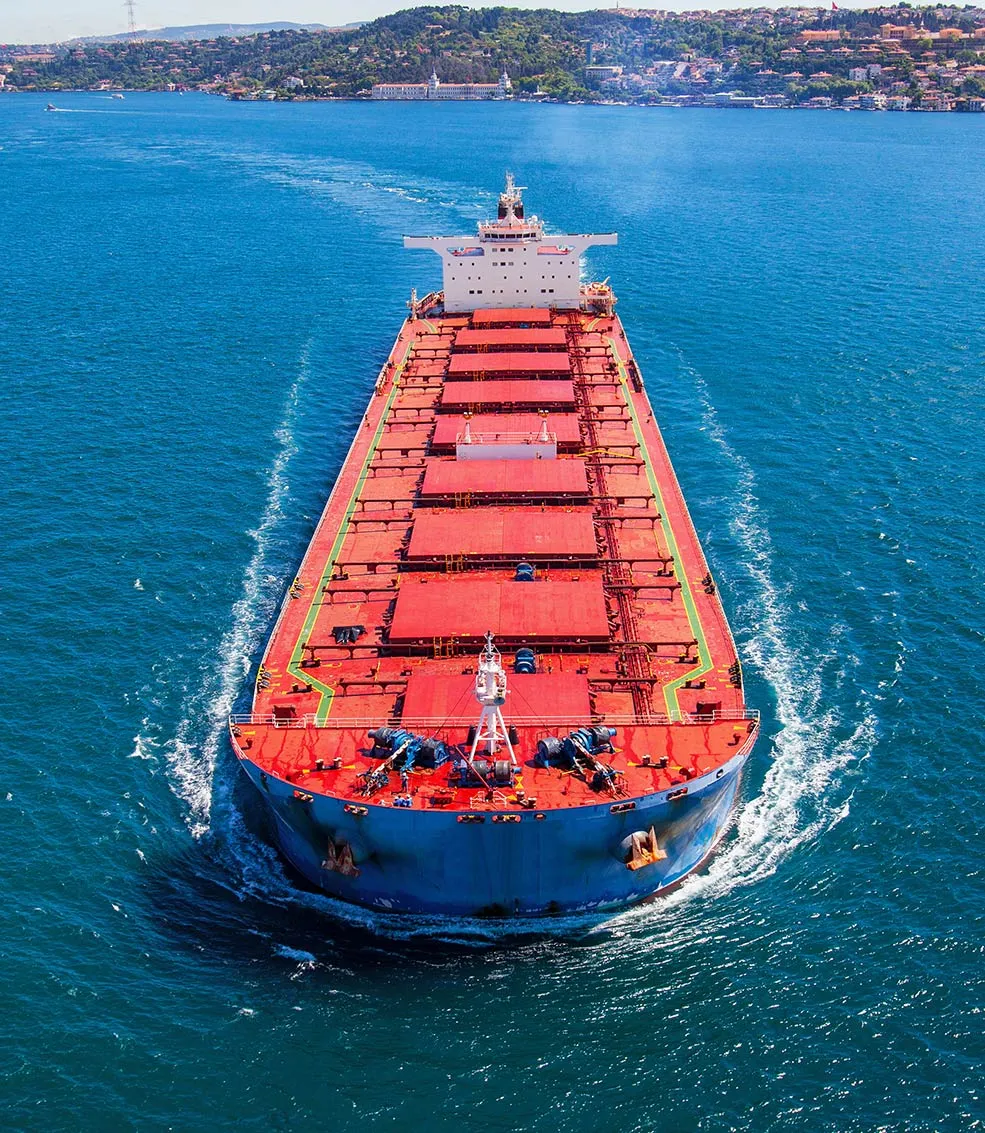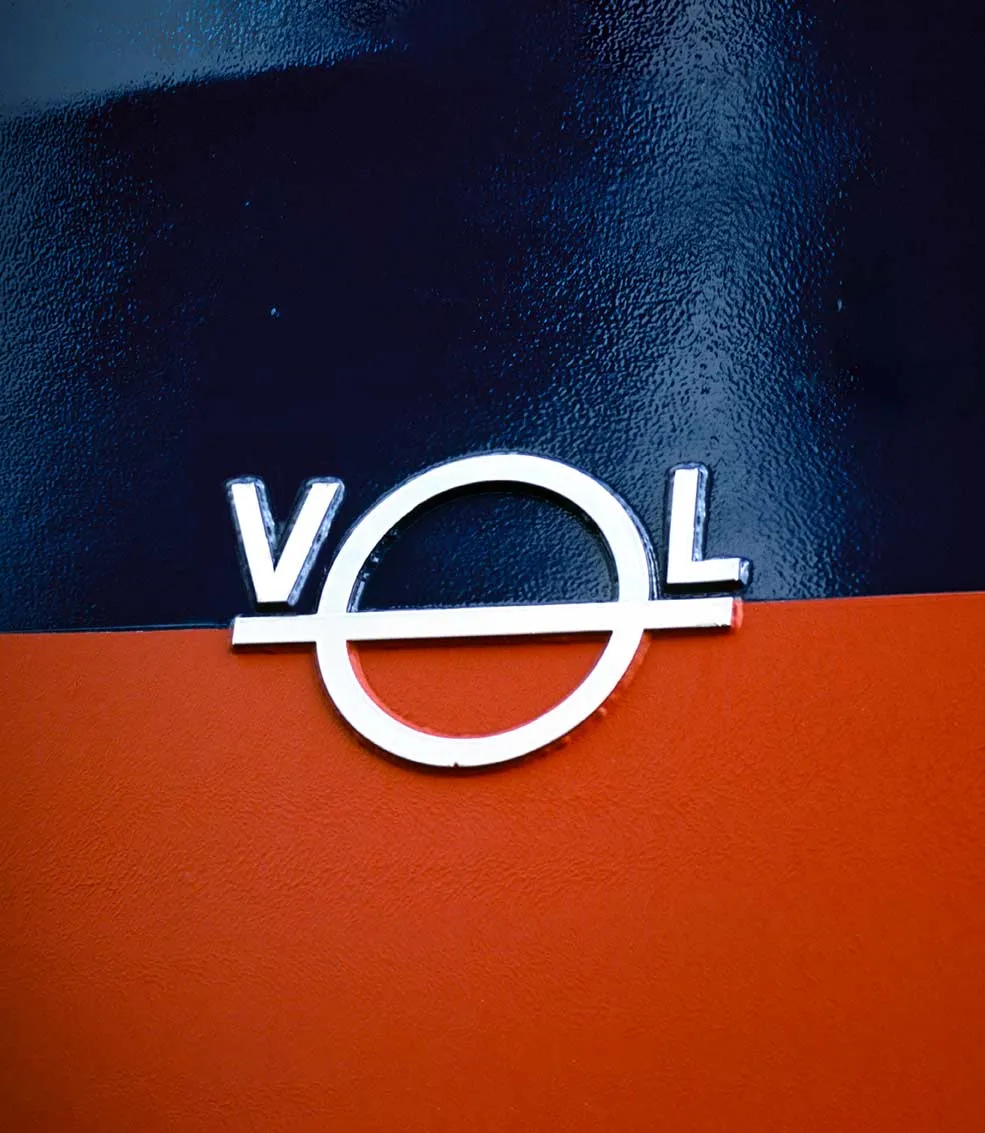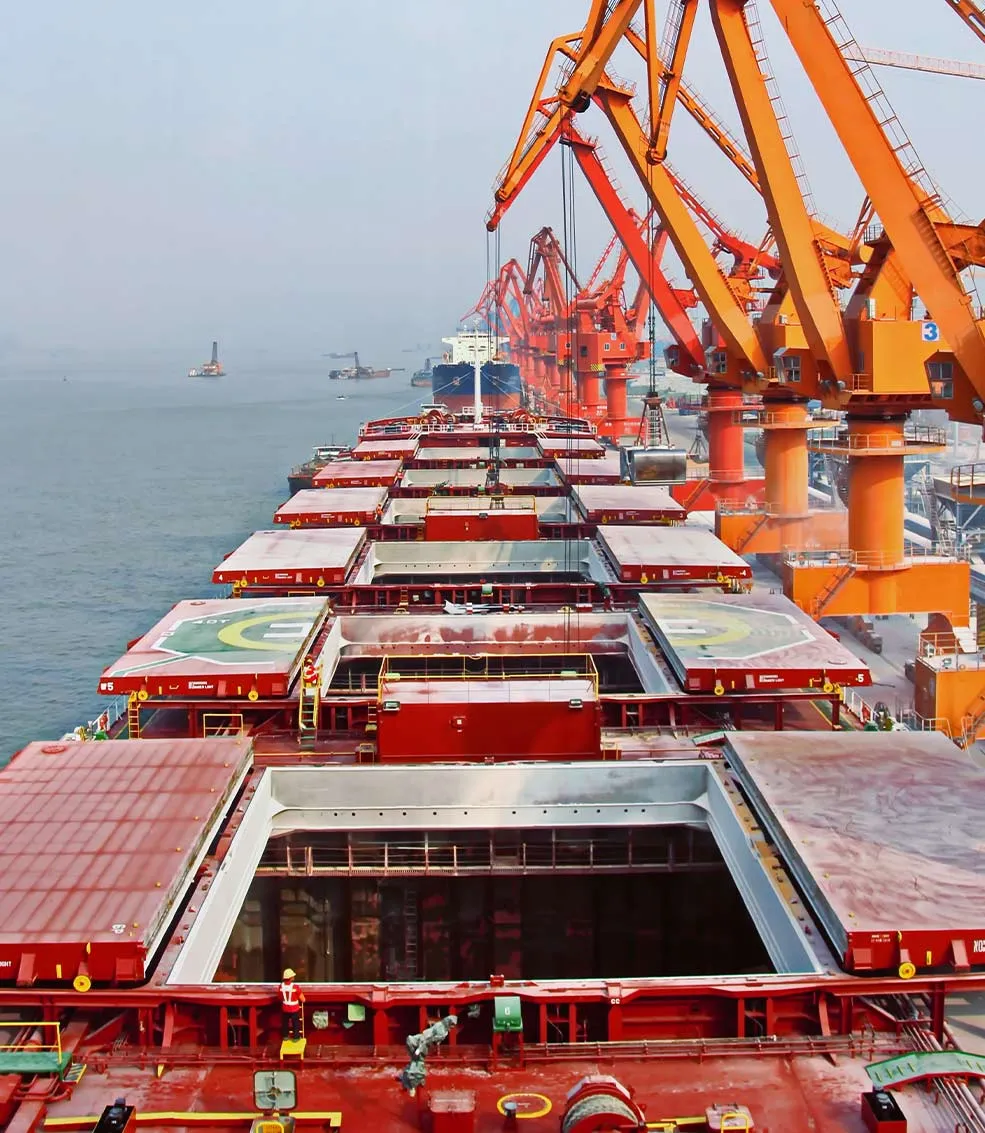Ticket to trade: Increasing deadweight for improved efficiency
Environmental ratings for vessels are increasingly important in order for shipowners to operate, trade and to win new contracts. DNV GL has investigated how deadweight increase can improve the operational efficiency of bulk carriers and other ship types.
“With the fierce competition in the market, managers are looking for ways to make their vessels more attractive compared to similar vessels,” says Nikos Violaris, Senior Engineer, Hydrodynamics and Stability in DNV GL’s Maritime Advisory service. “It is possible to increase carrying capacity for vessels in operation while improving operational efficiency, without compromising on safety.”

Pure deadweight increase
One likely solution is raising a vessel’s maximum summer draft. Deadweight increase feasibility studies have shown that a relatively small change in the maximum summer load line may have a significant positive impact on the carrying capacity. In a recent case study, while improving the operational efficiency, the maximum allowable draft was increased from 10.50 m to 10.72 m, corresponding to an increase in the carrying capacity of 1,200 t ≈3.2% for all sister vessels in the fleet. At the new load line, existing margins for stability and strength are utilized for increasing deadweight, while lightship weight remains unchanged. “Optimizing deadweight cargo capacity improves a vessel’s tonne-mile rating, but deadweight increases can trigger additional issues such as chartering requirements. Here the aim is to maintain capacity when altering other on-board systems,” says Violaris.
Improving operational efficiency
A monitoring tool for managing the operational efficiency and performance of a vessel or fleet over time, the Energy Efficiency Operational Indicator (EEOI), enables operators to measure the fuel efficiency of a ship in operation and gauge the effect of any changes. Expressed in grams of CO2 emitted per deadweight tonne-nautical mile, the Annual Efficiency Ratio (AER) is a subset of EEOI used to monitor the annual operational performance efficiency of a ship.
Studies support efficiency measures
Several deadweight tonnage (DWT) projects have been carried out recently in the bulk carrier segment for different sizes and ship designs, with increased deadweight capacity ranging from 0.5 to 4.4 per cent. In some cases, the increase is achieved by utilizing existing safety margins more efficiently, as well as demonstrating compliance with the statutory and class standards. In order to meet statutory requirements for operations at deeper draft, minor modifications may be required. For example, the height of some ballast water air ventilation pipes may need to be increased at the fore of the vessel. Projects have studied this case both from a technical and a financial perspective. The business case is generally robust, says Violaris, as the same conversion can apply to several vessels in the same fleet. “In addition, the return on investment is further improved as long as no major structural modifications are necessary. Modifications to the opening arrangement are considered minor compared to the benefit, which should encourage managers to make the investment.”
Assisting customers with DWT increase
Recently, Seven Seas approached DNV GL’s maritime advisory with a desire to increase the summer DWT of eight 34,000 dwt bulk carrier vessels under their management. “Within the highly competitive dry bulk sector, the key is to differentiate,” says Dimitris Mavrogiannis, Head of Technical, Seven Seas Maritime Ltd. “As operators, we need to think of ways to make vessels attractive to charterers. We see DWT increase as a smart and cost-effective way to achieve this.” The results of the study with DNV GL showed that an increase of over four per cent in summer DWT was possible with major combined modifications on board, including forecastle compartmentalization and hatch cover reinforcements. Further evaluation showed that an increase of three per cent DWT was feasible with only minor modifications, such as raising the height of some vent heads.Contact us

- OVKNHR – Shutterstock.com
- DNV GL
- Maritime Advisory, DNV GL, Marius Aasen
- IVAN KUZKIN – Shutterstock.com
- Eberhard Petzold (www.foto-dock.de)
View image copyright information
